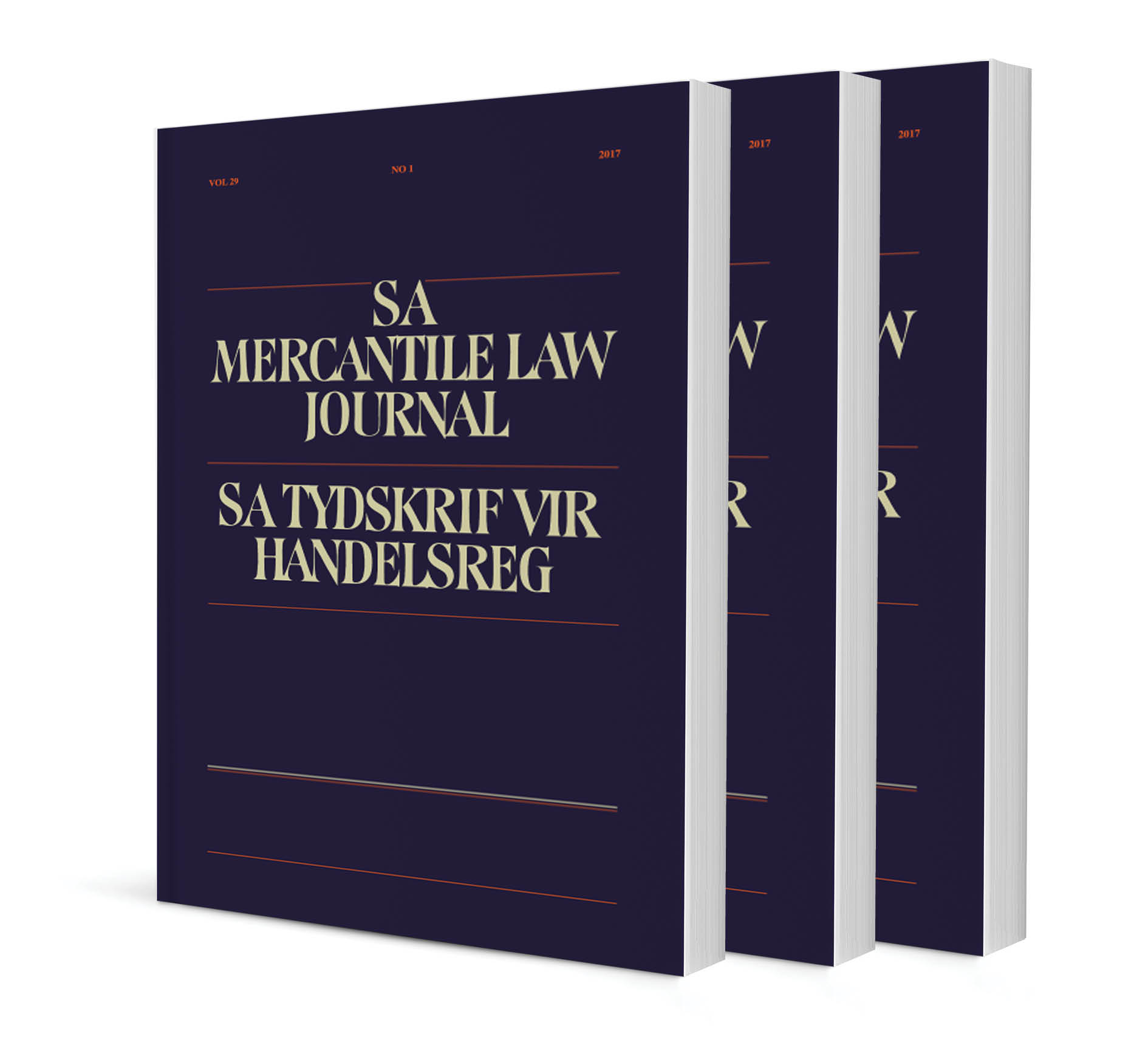
From Exclusion to Labour Security: To What Extent Does Section 198 of the Labour Relations Act of 2014 Strike a Balance Between Employers and Employees?
Authors Malebakeng Agnes Forere
ISSN: 1996-2185
Affiliations: Senior Lecturer of Law, University of the Witwatersrand
Source: South African Mercantile Law Journal, Volume 28 Issue 3, 2016, p. 375 – 398
Abstract
Whereas the Labour Relations Act was flexible enough to protect even employees that would not qualify as such at common law, nonstandard employees were afforded minimal protection by the labour statutes. They faced unfair labour practices and unfair dismissals yet they did not have recourse to the protection of the law. On the other hand, employers changed the face of the labour market and increasingly resorted to the use of non-standard employees. Because of the injustices and poor working conditions that non-standard employees faced, unions called for an outright ban of non-standard employment contracts, particularly temporary employment services. The legislature responded by amending section 198 of the Labour Relations Act in 2014 to regulate non-standard employment relationships. Focusing solely on temporary employment services and fixed-term contracts, this article seeks to determine whether the legislature has obtained a balance between the needs of employers to use atypical employment contracts and the call for unions to ban this form of employment relationship. The analysis of section 198 reflects that while the Labour Relations Amendment Act of 2014 has duly maintained temporary flexibility by allowing employers to use non-standards employees, it also afforded protection to the employees in question thereby striking the required equilibrium. However, the article concludes by noting the uncertainties that are created by the Amendment Act regarding the relationship between employees and TES/client.